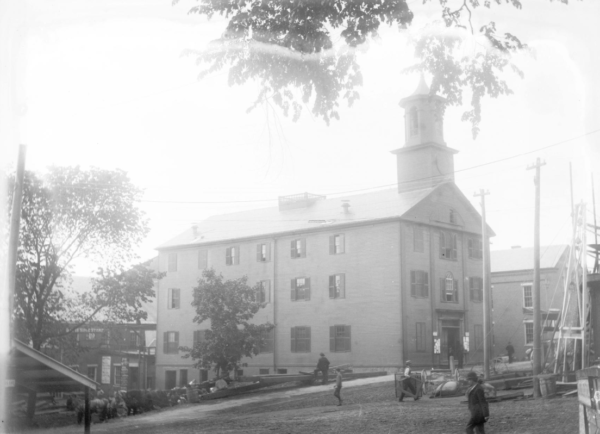
At 2 a.m. on Sunday, March 11, Bangor will join the rest of Maine in springing into Daylight Savings Time. But once upon a time — way back in the 1880s — Bangor stubbornly kept itself 25 minutes ahead of the rest of the state all year ‘round.
Bangor Mayor Frederick A. Cummings was a fierce holdout in 1883 when railroad companies came up with the four time zones that we in the Continental U.S. know today — Eastern, Central, Mountain and Pacific. Prior to that, the country had a baffling hodgepodge of more than 50 time zones. Rail passengers had to reset their watches five times between Boston and Washington.
Cummings balked at the push for standardization, arguing it was contrary to the God’s will. The position of the sun in the sky dictated the time, according to Cummings.
“It is one of the immutable laws of God that the hours of noon, sunrise and sunset should occur at different periods of the day at different localities on the Earth’s surface,” Cummings wrote in January 1884. “The law was undoubtedly established at the creation and has remained upon Nature’s statute book since that day. I do not believe that any municipal regulation or railroad laws have power to change it.”
When Nov. 18, 1883 rolled around and the majority of towns and cities across the U.S. embraced Standard Time, Bangor did not because Cummings had vetoed on the city council resolution that would have adopted it. The council tried again on Jan. 1, 1884, and Cummings, a Democrat, again vetoed it.
The County is pleased to feature content from our sister company, Bangor Daily News. To read the rest of “In the 1880s, Bangor ran 25 minutes ahead of its neighbors,” an article by contributing Bangor Daily News staff writer Emily Burnham, please follow this link to the BDN online.





